-
×
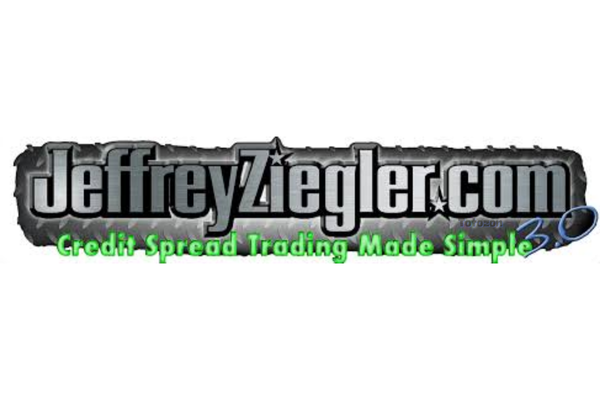 Credit Spread Trading Made Simple 3.0
1 × $6.00
Credit Spread Trading Made Simple 3.0
1 × $6.00 -
×
 Crystal Ball Pack PLUS bonus Live Trade By Pat Mitchell - Trick Trades
1 × $20.00
Crystal Ball Pack PLUS bonus Live Trade By Pat Mitchell - Trick Trades
1 × $20.00 -
×
 AI For Traders with Trading Markets
1 × $31.00
AI For Traders with Trading Markets
1 × $31.00 -
×
 Options Trading & Ultimate MasterClass With Tyrone Abela - FX Evolution
1 × $54.00
Options Trading & Ultimate MasterClass With Tyrone Abela - FX Evolution
1 × $54.00 -
×
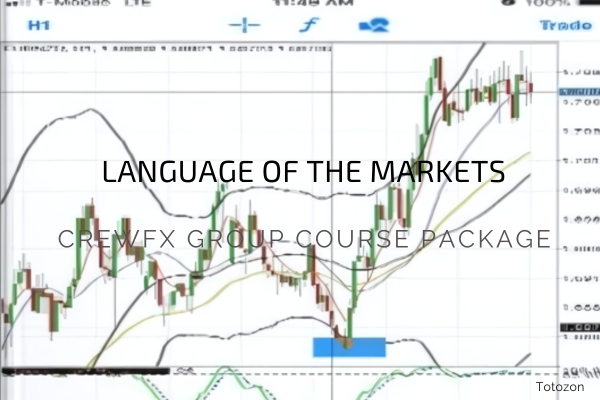 CrewFX Group Course Package with Language Of The Markets
1 × $6.00
CrewFX Group Course Package with Language Of The Markets
1 × $6.00 -
×
 Home Run Options Trading Course with Dave Aquino - Base Camp Trading
1 × $11.00
Home Run Options Trading Course with Dave Aquino - Base Camp Trading
1 × $11.00 -
×
 The A14 Weekly Option Strategy Workshop with Amy Meissner
1 × $23.00
The A14 Weekly Option Strategy Workshop with Amy Meissner
1 × $23.00 -
×
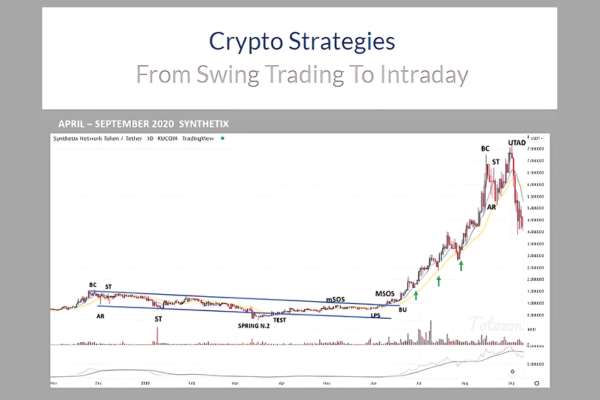 Crypto Strategies From Swing Trading To Intraday with Alessio Rutigliano & Roman Bogomazov
1 × $17.00
Crypto Strategies From Swing Trading To Intraday with Alessio Rutigliano & Roman Bogomazov
1 × $17.00 -
×
 The Complete Guide to Multiple Time Frame Analysis & Reading Price Action with Aiman Almansoori
1 × $13.00
The Complete Guide to Multiple Time Frame Analysis & Reading Price Action with Aiman Almansoori
1 × $13.00 -
×
 WondaFX Signature Strategy with WondaFX
1 × $5.00
WondaFX Signature Strategy with WondaFX
1 × $5.00 -
×
 Matrix Spread Options Trading Course with Base Camp Trading
1 × $31.00
Matrix Spread Options Trading Course with Base Camp Trading
1 × $31.00 -
×
 ICT Prodigy Trading Course – $650K in Payouts with Alex Solignani
1 × $15.00
ICT Prodigy Trading Course – $650K in Payouts with Alex Solignani
1 × $15.00 -
×
 Candlesticks MegaPackage Vol 1-4 (CCA) with Candle Charts
1 × $62.00
Candlesticks MegaPackage Vol 1-4 (CCA) with Candle Charts
1 × $62.00
Create Your Own ETF Hedge Fund: A Do-It-Yourself ETF Strategy for Private Wealth Management with David Fry
$6.00
File Size: Coming soon!
Delivery Time: 1–12 hours
Media Type: Online Course
Content Proof: Watch Here!
You may check content proof of “Create Your Own ETF Hedge Fund: A Do-It-Yourself ETF Strategy for Private Wealth Management with David Fry” below:

Create Your Own ETF Hedge Fund: A Do-It-Yourself ETF Strategy for Private Wealth Management with David Fry
Introduction
Creating your own ETF hedge fund can be a powerful strategy for private wealth management. David Fry, a renowned financial expert, provides a comprehensive guide on how to construct and manage a personal ETF hedge fund. This article will delve into Fry’s methodologies, offering practical steps to help you build and optimize your ETF strategy.
What is an ETF Hedge Fund?
An ETF hedge fund is an investment strategy that uses exchange-traded funds (ETFs) to achieve hedging and speculative objectives. Unlike traditional hedge funds, which might require significant capital and complex structures, an ETF hedge fund can be created with relatively modest resources and simpler management.
Benefits of ETF Hedge Funds
- Diversification: Spread risk across various asset classes.
- Liquidity: Easy to buy and sell on major exchanges.
- Cost Efficiency: Lower fees compared to traditional hedge funds.
- Transparency: Clear visibility of holdings and performance.
Diversification
By investing in a broad range of assets through ETFs, you can reduce the risk associated with any single investment.
Liquidity
ETFs are traded like stocks, offering high liquidity which allows for quick adjustments to your portfolio.
Getting Started with Your ETF Hedge Fund
Step 1: Define Your Investment Goals
Establish clear objectives for your ETF hedge fund. Are you looking to generate steady income, achieve capital growth, or protect against market downturns?
Setting SMART Goals
- Specific: Clearly define what you want to achieve.
- Measurable: Set criteria for measuring progress.
- Achievable: Ensure your goals are realistic.
- Relevant: Align with your overall financial objectives.
- Time-bound: Set a deadline for achieving your goals.
Step 2: Understand Different Types of ETFs
There are various types of ETFs, each with its own characteristics and investment focus.
Types of ETFs
- Equity ETFs: Invest in stocks.
- Bond ETFs: Focus on fixed-income securities.
- Commodity ETFs: Invest in physical commodities like gold or oil.
- Sector and Industry ETFs: Target specific sectors such as technology or healthcare.
Equity ETFs
Equity ETFs allow you to invest in a basket of stocks, providing exposure to the stock market while mitigating individual stock risk.
Step 3: Develop a Diversified Portfolio
A well-diversified portfolio reduces risk and enhances potential returns.
Diversification Strategies
- Asset Allocation: Distribute investments across different asset classes.
- Geographical Diversification: Invest in markets from different regions.
- Sector Diversification: Spread investments across various industries.
Step 4: Implement Risk Management Techniques
Managing risk is crucial to the success of your ETF hedge fund.
Risk Management Strategies
- Stop-Loss Orders: Automatically sell investments that fall below a certain price to limit losses.
- Hedging: Use inverse ETFs or options to protect against market downturns.
- Rebalancing: Regularly adjust your portfolio to maintain your desired asset allocation.
Advanced Strategies for Your ETF Hedge Fund
Using Leverage
Leverage can amplify returns but also increases risk. Leveraged ETFs use financial derivatives and debt to magnify the returns of an underlying index.
Pros and Cons of Leveraged ETFs
- Pros: Potential for higher returns.
- Cons: Increased risk and potential for significant losses.
Short Selling
Short selling involves borrowing and selling securities with the intention of buying them back at a lower price.
Short Selling Strategies
- Bearish Market Protection: Profit from declining markets.
- Hedging: Offset potential losses in other investments.
Combining Multiple ETFs
Combining various ETFs can provide comprehensive market exposure and enhance diversification.
Multi-ETF Strategies
- Core-Satellite Approach: Use a core ETF for broad market exposure and satellite ETFs for specific sectors or strategies.
- Thematic Investing: Focus on ETFs that track emerging trends or specific themes like renewable energy or technology innovation.
Monitoring and Adjusting Your Portfolio
Regular Review
Consistently review your portfolio to ensure it aligns with your investment goals and market conditions.
Performance Metrics
- Return on Investment (ROI): Measure the profitability of your investments.
- Sharpe Ratio: Assess risk-adjusted returns.
- Beta: Gauge the volatility relative to the market.
Rebalancing Your Portfolio
Regular rebalancing maintains your desired asset allocation and risk level.
Rebalancing Techniques
- Periodic Rebalancing: Adjust your portfolio at regular intervals (e.g., quarterly, annually).
- Threshold Rebalancing: Rebalance when your asset allocation deviates significantly from your target.
Conclusion
Creating your own ETF hedge fund with guidance from David Fry’s strategies can be a rewarding approach to private wealth management. By understanding the basics, setting clear goals, diversifying your portfolio, and implementing risk management techniques, you can build a robust investment strategy that aligns with your financial objectives.
FAQs
1. What are the benefits of an ETF hedge fund?
An ETF hedge fund offers diversification, liquidity, cost efficiency, and transparency, making it an attractive option for private investors.
2. How do I start an ETF hedge fund?
Start by defining your investment goals, understanding different types of ETFs, developing a diversified portfolio, and implementing risk management techniques.
3. What types of ETFs should I consider for my portfolio?
Consider equity, bond, commodity, and sector-specific ETFs to achieve a well-rounded and diversified portfolio.
4. How often should I review and rebalance my ETF hedge fund?
Regularly review your portfolio’s performance and rebalance at set intervals or when your asset allocation significantly deviates from your target.
5. Can I use leverage in my ETF hedge fund?
Yes, but leverage increases both potential returns and risks, so it should be used cautiously and strategically.
Be the first to review “Create Your Own ETF Hedge Fund: A Do-It-Yourself ETF Strategy for Private Wealth Management with David Fry” Cancel reply
You must be logged in to post a review.
Related products
Forex Trading
Quantamentals – The Next Great Forefront Of Trading and Investing with Trading Markets
Forex Trading
The Complete Guide to Multiple Time Frame Analysis & Reading Price Action with Aiman Almansoori
Forex Trading
Forex Trading
Forex Trading
Forex Trading
Forex Trading
Forex Trading
Forex Trading
Forex Trading
Forex Trading

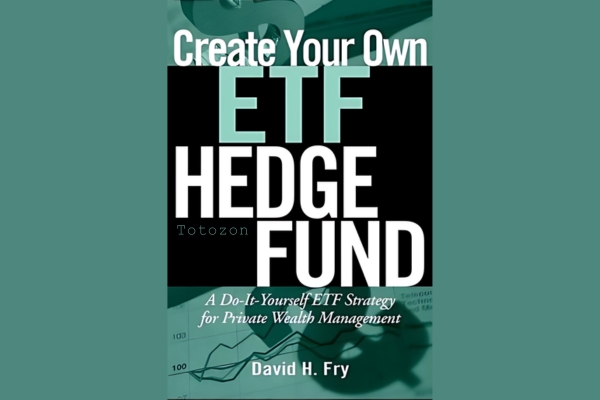
















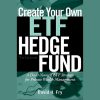
Reviews
There are no reviews yet.